Netherlands to Boost Defence Spending
http://www.janes.com/article/43371/d...fence-spending
The Dutch government has decided to increase the Netherlands' defence spending, reversing 24 years of declining defence expenditure.
Dutch Defence Minister Jeanine Hennis-Plasschaert said on 16 September that the funds would be used generally to "enhance the clout" of the armed forces.
Under the plans, defence spending is set to rise by EUR50 million (USD65 million) in 2015 to EUR7.3 billion, with further rises of EUR150 million in 2016 and EUR100 million in the following years.
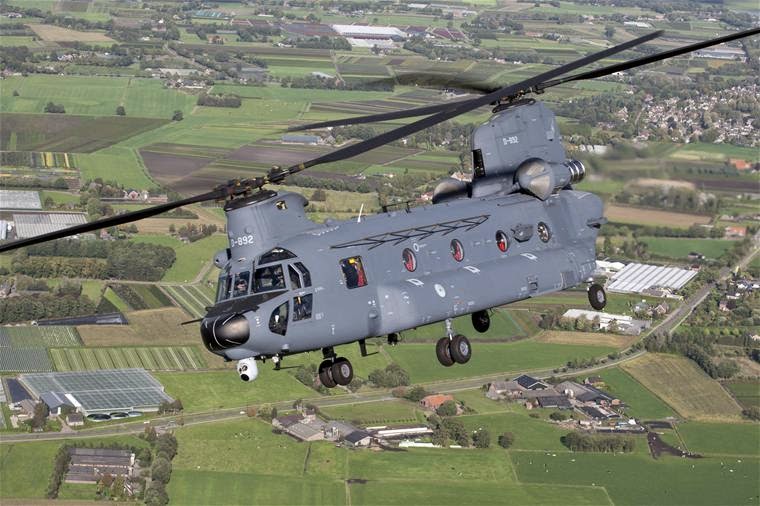
The Netherlands are to purchase three additional Chinooks and re-commission several AS532 Cougars
The Netherlands Armed Forces have seen their inventories depleted by recent operations, such as those in the Uruzgan province of Afghanistan (2006-2010), and are in need of replenishment. In August it was announced the Raytheon Patriot surface-to-air missile (SAM) batteries were to be withdrawn from Turkey in January 2015, because of a looming shortage of trained personnel, among other things,.
Apart from the acquisition of general items such as missiles, ammunition, and spare parts, the Netherlands plans to spend the increase in funding on improving cyber, networking, and CBRN (chemical, biological, radiological, and nuclear) response structures.
Hennis-Plasschaert also announced the country would buy additional military equipment with the funding.
Included on its shopping list are 20 Thales Australia Bushmaster protected mobility vehicles, with a specific view to future operations by the Royal Netherlands Marine Corps. Helicopter-capabilities are to be enhanced with the planned order for three more Boeing CH-47 Chinook heavy transport helicopters. These have been much in demand in international missions such as the Dutch contribution to the United Nations Multidimensional Integrated Stabilization Mission in Mali (MINUSMA), where the first of three Dutch Chinooks arrived on 9 September in the capital Bamako.
As well, an unspecified number of Eurocopter AS532U2 Cougar medium transport helicopters will be taken into service again on top of the eight remaining in service. These measures have also been driven by the ongoing setbacks with the NHIndustries NH90 helicopters the Defence Helicopter Command is confronted with, such as delayed deliveries and technical problems such as corrosion.
It was also announced that an unspecified number of the newest generation of tactical unmanned ISR systems would be bought. No specific type was mentioned but IHS Jane's understands the armed forces are interested in acquiring more of the Boeing Insitu ScanEagle systems, a small number of which was ordered in 2012. Experience with these unmanned systems was built up, among other army employments, flying from landing platform docks in support of anti-piracy operations around Somalia.
Dutch Defence Minister Jeanine Hennis-Plasschaert said on 16 September that the funds would be used generally to "enhance the clout" of the armed forces.
Under the plans, defence spending is set to rise by EUR50 million (USD65 million) in 2015 to EUR7.3 billion, with further rises of EUR150 million in 2016 and EUR100 million in the following years.

The Netherlands are to purchase three additional Chinooks and re-commission several AS532 Cougars
The Netherlands Armed Forces have seen their inventories depleted by recent operations, such as those in the Uruzgan province of Afghanistan (2006-2010), and are in need of replenishment. In August it was announced the Raytheon Patriot surface-to-air missile (SAM) batteries were to be withdrawn from Turkey in January 2015, because of a looming shortage of trained personnel, among other things,.
Apart from the acquisition of general items such as missiles, ammunition, and spare parts, the Netherlands plans to spend the increase in funding on improving cyber, networking, and CBRN (chemical, biological, radiological, and nuclear) response structures.
Hennis-Plasschaert also announced the country would buy additional military equipment with the funding.
Included on its shopping list are 20 Thales Australia Bushmaster protected mobility vehicles, with a specific view to future operations by the Royal Netherlands Marine Corps. Helicopter-capabilities are to be enhanced with the planned order for three more Boeing CH-47 Chinook heavy transport helicopters. These have been much in demand in international missions such as the Dutch contribution to the United Nations Multidimensional Integrated Stabilization Mission in Mali (MINUSMA), where the first of three Dutch Chinooks arrived on 9 September in the capital Bamako.
As well, an unspecified number of Eurocopter AS532U2 Cougar medium transport helicopters will be taken into service again on top of the eight remaining in service. These measures have also been driven by the ongoing setbacks with the NHIndustries NH90 helicopters the Defence Helicopter Command is confronted with, such as delayed deliveries and technical problems such as corrosion.
It was also announced that an unspecified number of the newest generation of tactical unmanned ISR systems would be bought. No specific type was mentioned but IHS Jane's understands the armed forces are interested in acquiring more of the Boeing Insitu ScanEagle systems, a small number of which was ordered in 2012. Experience with these unmanned systems was built up, among other army employments, flying from landing platform docks in support of anti-piracy operations around Somalia.







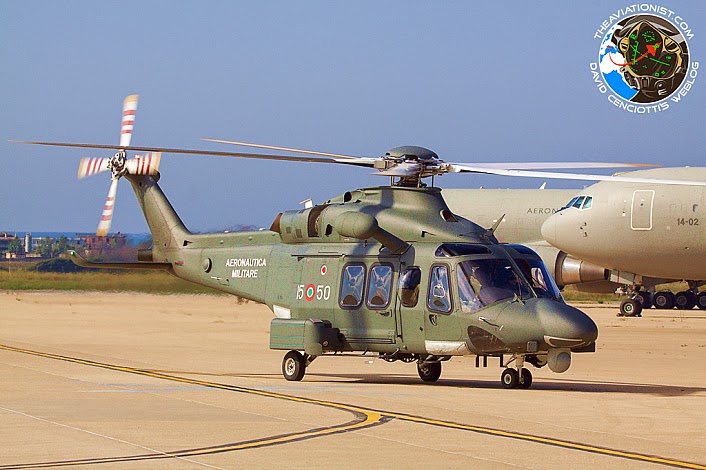







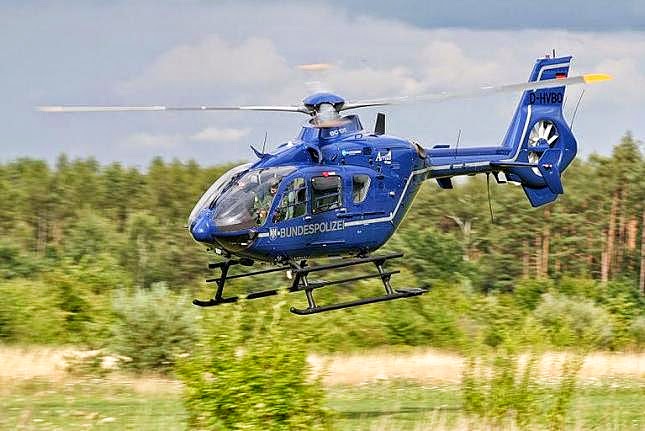


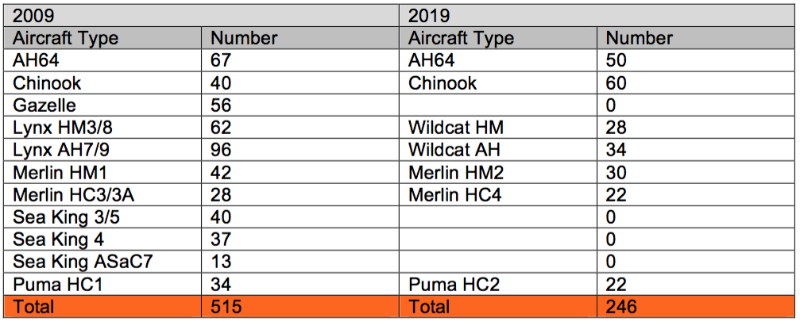

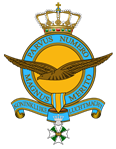
Comment